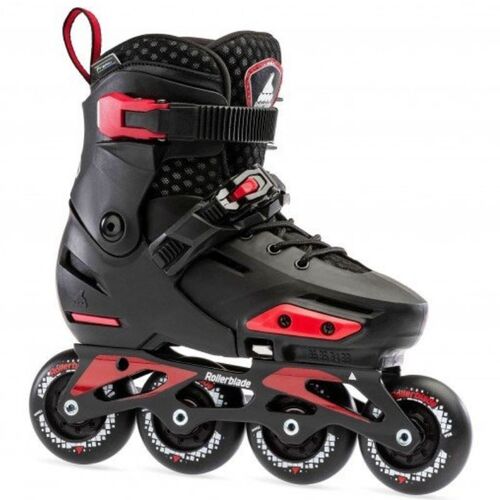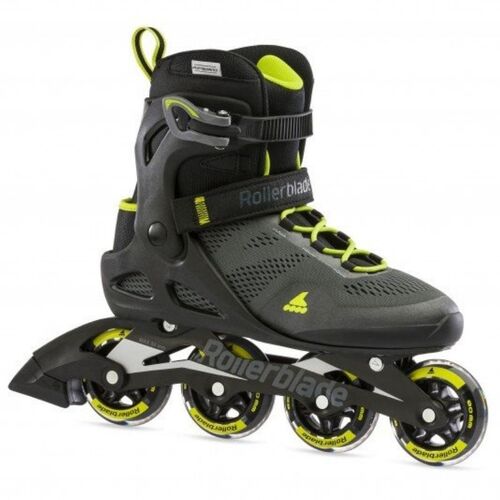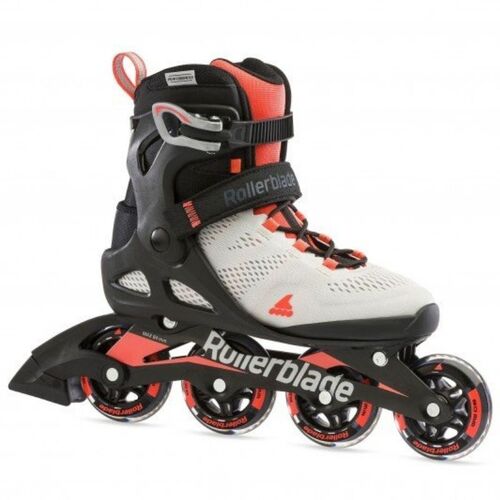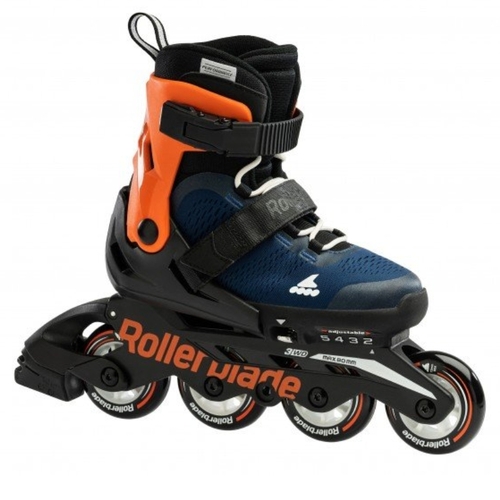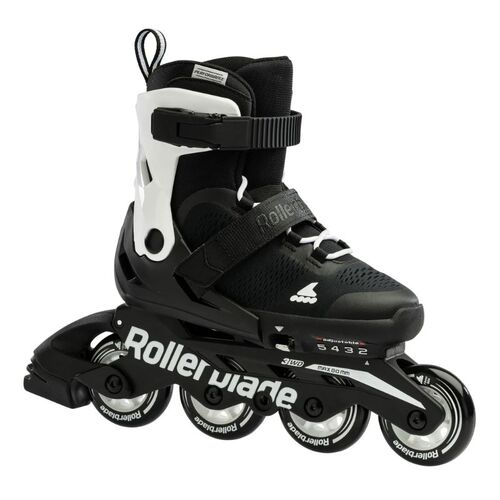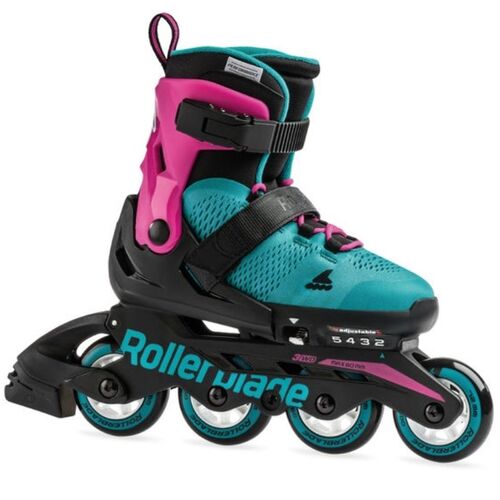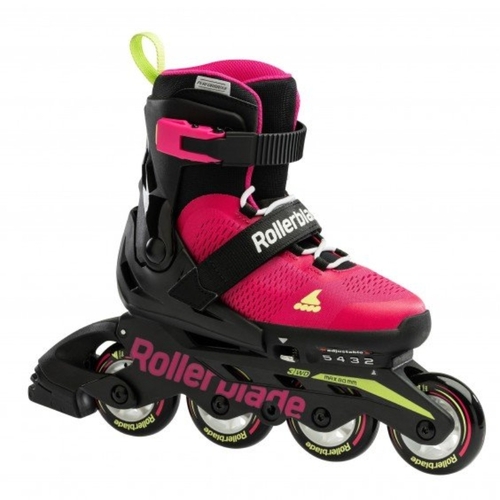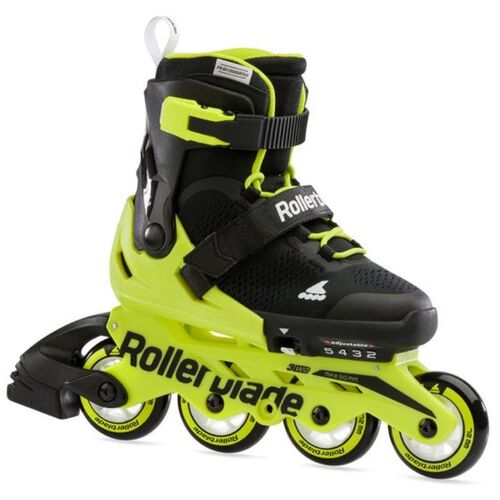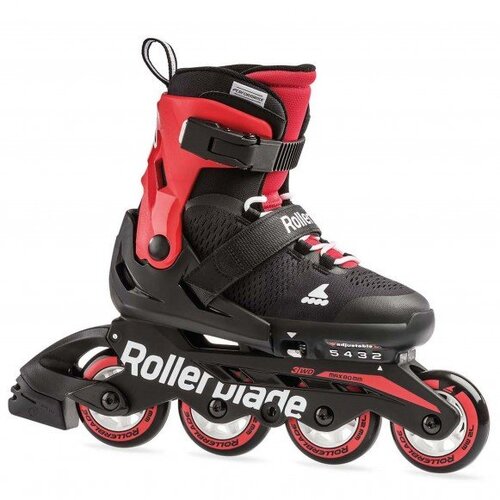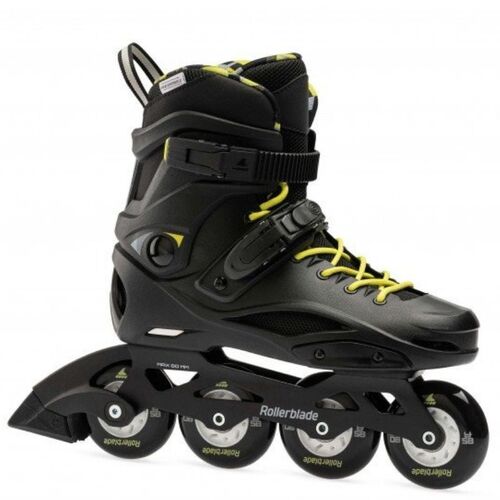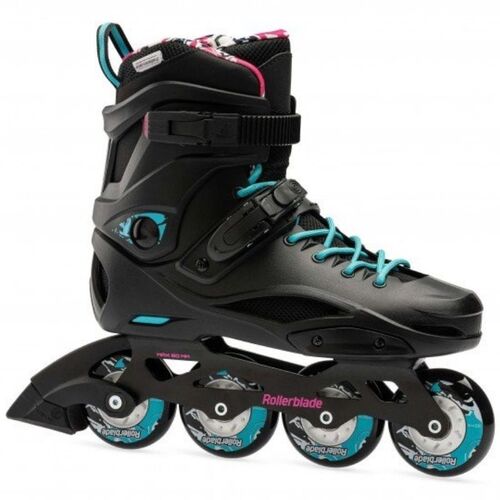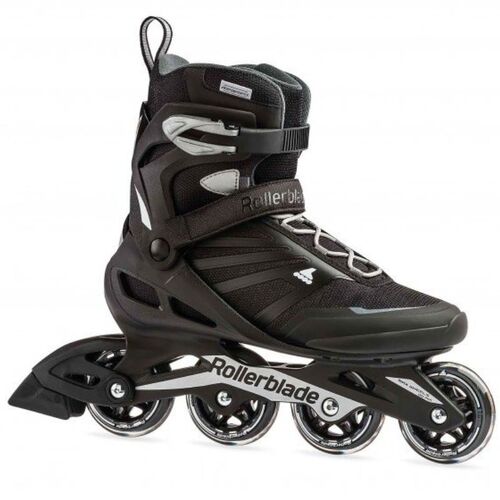Rollerblades
Products
Products
Rollerblading for beginners:
Types of Rollerblades: There are several types of rollerblades with the main four categories being recreation, fitness, urban and race.
- Recreation - This is the most popular style of rollerblade, great for beginners to intermediate. Constructed with the main focus of comfort, these types of rollerblades are going to give a great fit and feel for a beginner to start out within the affordable range and then can be upgraded to a more intermediate and performance type of rollerblade.
- Fitness - Suited towards more experienced rollerbladers and for those looking for more exercise and performance. With a wide range available for fitness rollerblades you will be able to find the type which suits your needs best whether it be going faster or for traveling greater distances.
- Urban - Urban style rollerblades offer a boot design similar to an aggressive skate but built with the city streets in mind. With an agile short frame design and typically larger wheels for comfort, urban skates are best suited for making your way through crowded sidewalks.
- Aggressive/Street - Aggressive rollerblades are constructed specifically for performing tricks and high-impact maneuvers in the streets or at skateparks. Generally equipped with smaller wheels for maneuverability and two even smaller plastic wheels in the middle to grind with ease.
- Race - Race style rollerblades have a quite rigid and low boot design but offer great performance and agility. With this stiffer boot it makes for a high performance style but with that it won’t be very comfortable. So unless you are looking for race specific performance have a look at other types of rollerblades to best suit your style and needs.
- Kids Inline Skates: Kids rollerblades are normally designed to change sizes as the child grows. They have a mechanism on the frame that allows the boot to be stretched 2-5 sizes depending on the model. When buying kids skates try and get them as close to your child's size as possible. If the boot is too loose this will put pressure on their ankles and make it more difficult to skate. Once they outgrow their size, simply use the size adjuster to adjust the skate to the next size.
Brake: The brake can be a super important part, in particular for beginners just starting out and still getting used to stopping and moving. Most of the rollerblades on the market will come with a brake although some specific styles of skates won’t come with brakes as it can be a hindrance for the type of rollerblading involved.
- Brakes are found on nearly every recreational and fitness style rollerblade. Usually, the brake will come already attached to the right foot rollerblade, but will often be interchangeable between either side depending on what foot feels more comfortable to brake with.
- Some of the styles that do not include a brake system are aggressive skates, roller hockey skates, and race skates. The reason being is that brakes on these types of rollerblades can at times get in the way of performance and rollerbladers in this category are likely to be more confident in their abilities.
Wheels: Inline wheels are designed for different types of rollerblading. The smallest/hardest wheels (54-64mm) are most commonly associated with tricks. This is because they are close to the ground and good for sliding and grinding. A larger wheel (80-84mm) is commonly used for kids blades or urban skates. This is mainly due to its versatility. A mid sized wheel will be much smoother and faster than a smaller wheel without compromising too much stability or agility.
Large wheels (90-120mm) are all about speed. The bigger your wheel is the faster you go.
Bearings: Almost all rollerblades, rollerskates and skateboards use the same bearings. They use a 8mm bearing and may have a spacer that allows them to fit within a 7mm axle. For more information on 8mm bearings check out our bearings page.
Boot : The main types of boots are soft boots, molded plastic and composite/carbon. Soft boots are lighter weight and better ventilated, making them a preferable choice if planning to skate for extended periods of time or traveling long distances. Harder, molded plastic boots are more stronger and longer lasting as well as limiting boot stretch which enables them to have a quicker response when pushing off, but with the harder boot it adds more weight so that they can cause fatigue if used for long periods. Composite or Carbon boots are extremely stiff but also lightweight with the purpose of focusing on power transfer and performance.
Frame: Typically constructed from plastic, aluminum, or carbon, the frame is where your power is generated and then transferred to the wheels. Rigidity is a key aspect when looking at frames as it generates a more direct transfer of energy the stiffer the frame. The three main characteristics to look at with frames are weight, stiffness, and durability. Each of these largely attribute to the type of material the frame is made up of.
- Plastic Frames - Typically found on beginner level rollerblades as they’re affordable and result in an overall lower price. They are the least durable and most flexible of the three materials.
- Aluminum Frames - Commonly found on intermediate level rollerblades, aluminium frames are more expensive but are lighter and stiffer than plastic. With no flex under stress as plastic frames tend to do, they make a good choice for performance and durability.
- Carbon Frames - Carbon frames are the lightest and strongest of all the materials, providing long-lasting performance and durability. With such amazing qualities comes with a higher price, so these are more suited towards the advanced rollerblader.
Another aspect that plays a part in your choice of frame will be what type of skating you want to do. A frame with a longer wheelbase will be designed for a more stable skate whereas a tighter frame length will be designed for agility.
Liner: The liner can be one of the most important parts of the rollerblade because if you have a poor fitting liner the overall feel and performance you could get out of the rollerblade will be greatly reduced.
The most common types of rollerblade liners are:
- Standard – Constructed of basic foam materials it offers enough comfort and padding for your feet. Does not include any special or customizable features but is a highly capable liner for beginners starting out.
- Memory Foam – As stated in the name these liners have the ability to remember your foot shape and mold to it. Highly comfortable and found in intermediate and advanced rollerblades.
- Heat Moldable – These types of liners can be removed and then heated and placed on your feet (do not attempt at home, seek a skate shop professional) and will contour to your foot shape as they cool and re-harden to form the perfect fit. Found on higher-end rollerblades
Gender-specific styles:
You may notice that there are different types of rollerblades available for men, women, girls and boys. It’s not just an aesthetic difference, but they are actually designed to each fit a specific foot shape. For instance, the woman’s size has a slightly more narrow fit, and a lower cuff height as women's calf muscles sit lower whereas men’s rollerblades will have a wider foot shape to accommodate a larger foot.
Cuffs: Cuffs are where a lot of the support is constructed on the rollerblade. Having a good quality cuff allows you to generate more power when pushing off whilst also providing sufficient support for longer sessions.
Two main materials for cuffs are plastic and carbon:
- Plastic Cuff – Plastic cuffs will generally be found on most recreational rollerblades but does not mean it is poor quality. The plastic used on these cuffs is very durable and quite responsive which offers great overall feel and performance.
- Carbon Cuff – A definite upgrade from a plastic cuff, offering more support and response for advanced rollerbladers. Typically found on marathon and race styles of rollerblades, a carbon cuff will be highly responsive and rigid making it perfect for those wanting performance.


